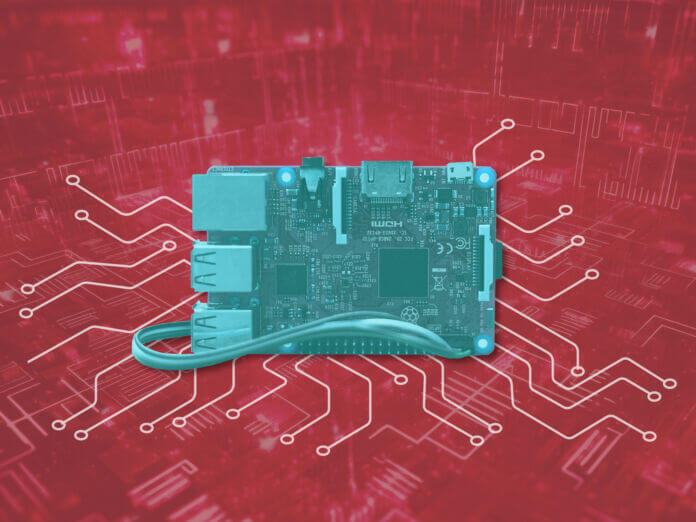
Wireless connectivity is showing up in more and more products as consumers and enterprises alike start to expect IoT capabilities everywhere. That trend helps to explain quick IoT growth in markets like North America, where the number of IoT connections is expected to leap from 2.8 billion in 2019 to 5.4 billion in 2025.
So, how can hardware manufacturers best bring IoT functionality to their product lines? Start with the technology that connects your devices to the internet, no matter how distantly you deploy them.
The choice of such a tool—the wireless gateway—is bound up with the technology that connects your products to the gateway in the first place, however: The IoT module. An IoT module uses radio technologies to connect a device to the rest of your IoT computing ecosystem. It defines the limits of how your products stay connected.
That leads to a key question for original equipment manufacturers making the move into IoT: Which radio technologies does your IoT module need?
Your answer could directly affect the lifespan of your product line. The broader wireless environment is always changing as network operators sunset older technologies and introduce new ones. Today’s cutting-edge IoT modules can quickly become redundant—unless they’re designed specifically for a dynamic wireless landscape. Here’s what that looks like, particularly in terms of connectivity options.
Four Connectivity Technologies
At Hardwario, we create modular IoT hardware, including OEM modules, to digitize systems in agriculture, construction, manufacturing, utilities, retail, and other industries. Our experience in these domains reveals a key similarity between verticals: If you’re planning to build or integrate IoT hardware for any use case, choose an OEM module that supports these four radio technologies:
- Bluetooth Low Energy (BLE). Extremely low power usage plus support for distributed IoT computing, or mesh architecture, makes BLE an important addition to any IoT module. Some BLE systems on a chip (SOC) also support additional protocols like Thread and Zigbee, further expanding the flexibility of your IoT products.
- LTE-M. Most IoT modules will include a system in package (SiP) to provide cellular connectivity. The trouble is that mobile network operators (MNOs) don’t all support the same low-power, IoT-specific technologies. But LTE-M is widely available in most of North and South America and much of Western Europe and provides particular benefits for IoT deployments. Your next device should connect via LTE-M, especially if you operate in a global market.
- NB-IoT. Don’t limit your cellular connectivity to LTE-M, however. Another low-power cellular technology—NB-IoT—has nearly global coverage. It dominates cellular IoT availability in Asia and Eastern Europe and is available alongside LTE-M in the Americas. Choose a module with a cellular SiP that supports both LTE-M and NB-IoT at once.
- Satellite. Many IoT deployments require you to disperse your devices across wide areas where you can’t rely on cellular coverage—or even reliable energy grids. Satellite networks can provide connectivity where other options fall short. Look for IoT modules that support satellite technologies like the global navigation satellite system (GNSS), which typically require a dedicated antenna port.
With the redundancy and flexibility of all four connectivity technologies, your devices can keep delivering data no matter how MNOs choose to focus their development. In short, an OEM module with multiple connectivity technologies provides the redundancy you need to future-proof any IoT deployment.
Other Features to Look for in an OEM IoT Module
Of course, radio technologies are just one part of an IoT module. To support your next IoT product line, you may need additional features, including:
- Compact form factors, essential for smaller devices
- Peripheral sensors, such as pre-integrated accelerometers or thermometers
- SIM card slots that match the SIMs you plan to use
- On-board flash memory
- Dependable ongoing support from the module manufacturer
Perhaps no component will determine the success of your IoT product so much as the IoT module. Find an OEM module that offers redundant, future-proof connectivity—plus the additional features that support your use case—to create IoT products that meet your business goals today and long into the future.
Tweet
Share
Share
- Connectivity
- Gateways
- Hardware Components
- Connectivity
- Gateways
- Hardware Components
